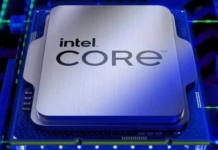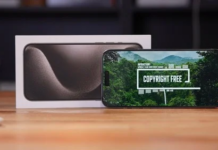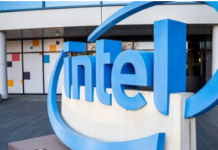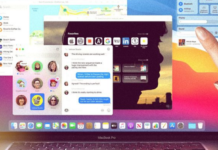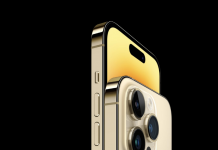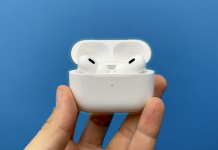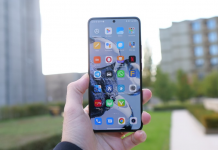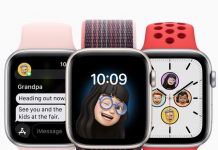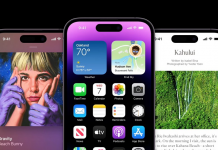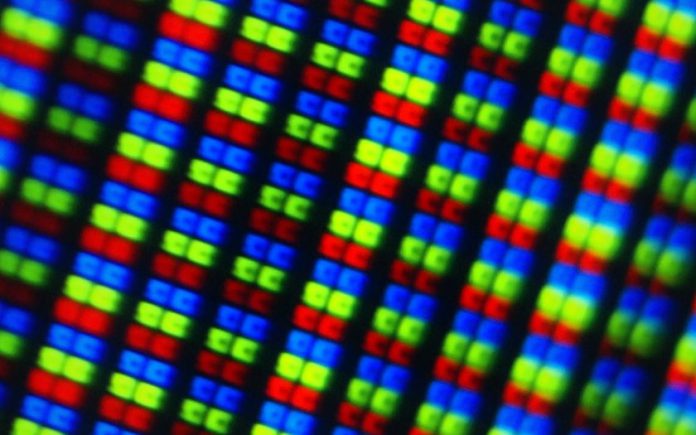Smartphones will soon be able to carry “mini-LED” LCD screens backlit by tens of thousands of small individually controllable LEDs for contrasts as good as the AMOLED. The advantage of this technology is that it allows to produce screens with exceptional rendering for a fraction of the price of current AMOLED screens. And that’s not their only advantage.
DigiTimes reveals that a new “mini-LED” LCD screen technology has entered mass production in the second half of 2018. These screens, a variation of relatively inexpensive IPS LCD technology, play on backlighting to offer contrasts almost as good as Super AMOLED technology. Where today’s LCD smartphone screens use only between ten and thirty LEDs for the backlight of a 5″ screen, mini LED screens use tens of thousands of them, which can be controlled individually.
Mini-LED LCD screens could steal the show from AMOLED screens because of their price
So the blacks are deep, and the light tones are extremely bright. The result is an exceptional dynamic rank for HDR content thanks to this precise and granular control of the illuminated areas. Of course, this is less good than allowing AMOLED technology that allows to control the color and luminance of each pixel individually. But it remains extremely close. Above all this allows access to better screens for a fraction of the price of OLED technology.
Gsmarena reports that the technology is mature enough to produce screens as thin and energy-efficient as today’s AMOLED screens. The fact that they are LCD has other advantages: better visibility in full light, higher definition at a lower cost. They can also allow manufacturers to bypass the shortage of OLED screens by producing these screens on existing LCD production lines.
There are many opportunities: in addition to smartphones,“mini LED screens can be used on consoles to emphasize the atmosphere and visual feel” or “in vehicles […] for their weather resistance and visibility in high light” and “to [improve] the definition of televisions,” says DigiTimes.
At the moment, it is not clear when this technology will be on smartphones, but given the production that started a few months ago, we can expect to see the first models appear in early 2019. As we mentioned, in early January, these mini LED screens should find buyers at Xiaomi, Huawei and Oppo. What do you think of this technology? Share your thoughts in the comments.




